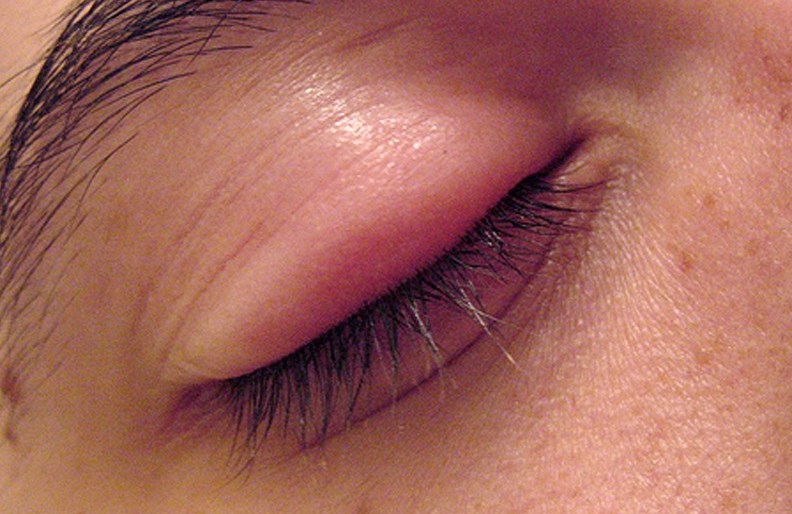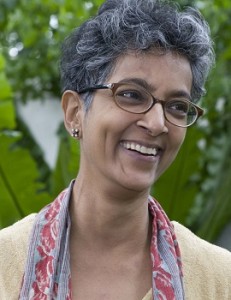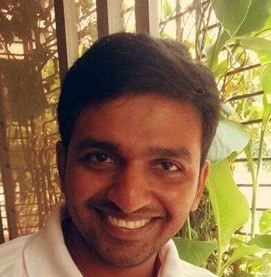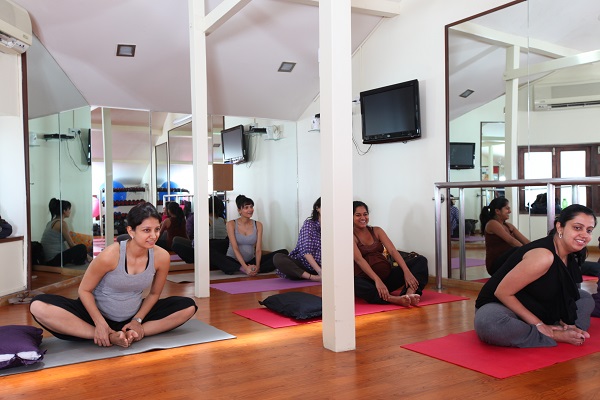Apart from adding a soothing green look to our living premises, plants have many health benefits as well. Read on.
by the Editors | editor@themetrognome.in
Everybody loves to be surrounded by greenery, but for those living in the metros, greenery is a luxury few have the good fortune to possess. Concrete jungles in cities like Mumbai have systematically wiped out the earlier green tracts of land over the years. A few stray trees here and there can now be seen in most localities in Mumbai.
Besides, citizens themselves are unappreciative of the value of planting and maintaining trees, often thoughtlessly hacking off entire branches and stems because the tree blocks their view, or because the leaves fall on their parked cars below. But while we cannot always stop the rampant killing off of trees, we can do our bit to add to the greenery in our immediate surroundings to beautify them.
The health benefits of having plants in the home cannot be disputed, but several people feel that having potted plants in the home is only for those who like gardening and getting their hands dirty with soil. If you were unaware of the benefits of having plants in the home, let us give you four good points:
 They clear the air. This is pure science. Every plant’s natural food-creating process ensures that large amounts of pure oxygen are released to the environment and harmful carbon dioxide is absorbed. This is why office workspaces should have large plants (preferably of the flowering variety) in close vicinity, because the freshness they bring to the air is more beneficial for people sitting in air-conditioned environments all day. Breathing fresh air is a luxury in a highly polluted city like Mumbai, so the more plants you will have at home or in the office, the fresher will be the air you breathe.
They clear the air. This is pure science. Every plant’s natural food-creating process ensures that large amounts of pure oxygen are released to the environment and harmful carbon dioxide is absorbed. This is why office workspaces should have large plants (preferably of the flowering variety) in close vicinity, because the freshness they bring to the air is more beneficial for people sitting in air-conditioned environments all day. Breathing fresh air is a luxury in a highly polluted city like Mumbai, so the more plants you will have at home or in the office, the fresher will be the air you breathe.
However, ensure that plants are not present in the bedroom or sleeping space, because they reverse the oxygen-carbon dioxide release process at night, so effectively, you will be breathing carbon dioxide as you sleep.
Their products are safe to consume. People who plant their own kitchen gardens swear by the nutrition value of the fruit and leaves their gardens yield. Since you take care of the garden yourself, you are careful in limiting the use of chemical fertilisers and pesticides, as also spraying your plants with harmful  fungicidal. People who plant tomatoes, onions, chillies, lemons and even oranges and carrots at home eat fresh, healthy produce daily. Their food is as free from chemical intervention as possible.
fungicidal. People who plant tomatoes, onions, chillies, lemons and even oranges and carrots at home eat fresh, healthy produce daily. Their food is as free from chemical intervention as possible.
Dr Ramakant Shetty, a dentist, has been cultivating his own organic kitchen garden for three years now. “I limit the buying of vegetables and fruit from the market,” he explains. “The produce from my garden is larger in size, tastier and very healthy for even young children to eat.”
They promote calmness and health. Much like looking at fish swimming in a fish tank promotes feelings of serenity among sick people, maintaining your plants is good for health. At a physical level, cultivating a variety of potted plants is hard work. “You have to periodically re-pot the plants, change the soil, add manure and bio-waste to enhance its quality, and conduct regular checks to see that grubs and ants are not eating your plants,” says Dr Shetty. “Working in the soil is good for the body and the mind, because the aroma of fresh earth enhances the mood. Those who have large gardens can keep fit with regular work in the garden.”
Most people who invest time and energy in growing plants in the home are thoroughly invested in the plant’s welfare. It is a healthy hobby to cultivate as well.
They uplift the mood on sight. Fresh, healthy and well-groomed plants are a delightful sight, and they uplift the mood instantly. It has to do with the green colour of the leaves and the sharply contrasting colours of fruit and flowers on the plants that pleases the eyes and cheers us up. “Plants in good health will have firm green leaves and stems, and they will grow faster,” opines Shraddha Kamat, a housewife. “I always enjoy observing my plants when it is windy – because the plants are healthy, the leaves dance in the breeze instead of wilting and falling out,” she smiles.
(Pictures courtesy www.bbc.co.uk, chemicalfreeagriculture.blogspot.com, blackfootnativeplants.wordpress.com. Images used for representational purpose only)











